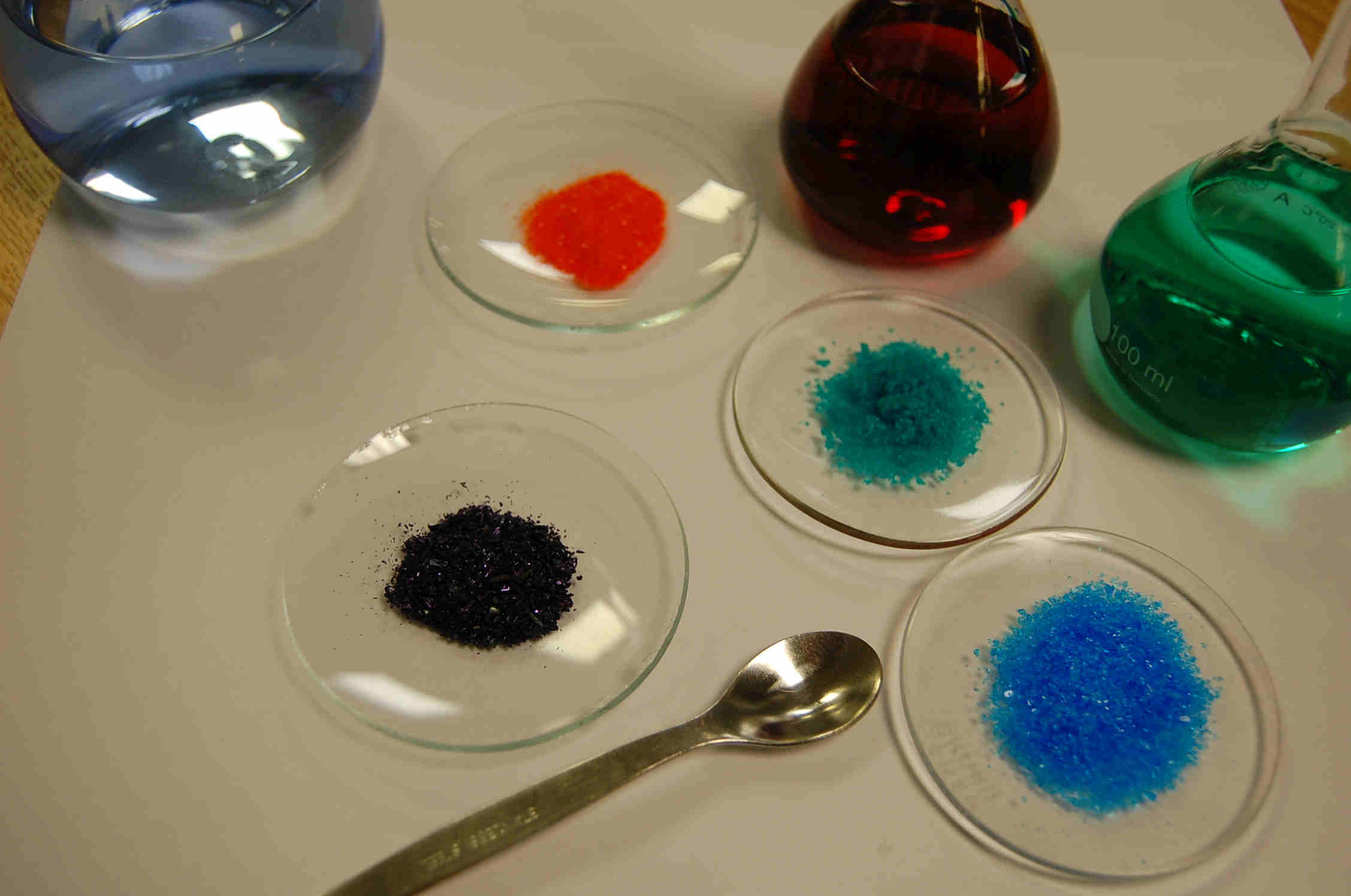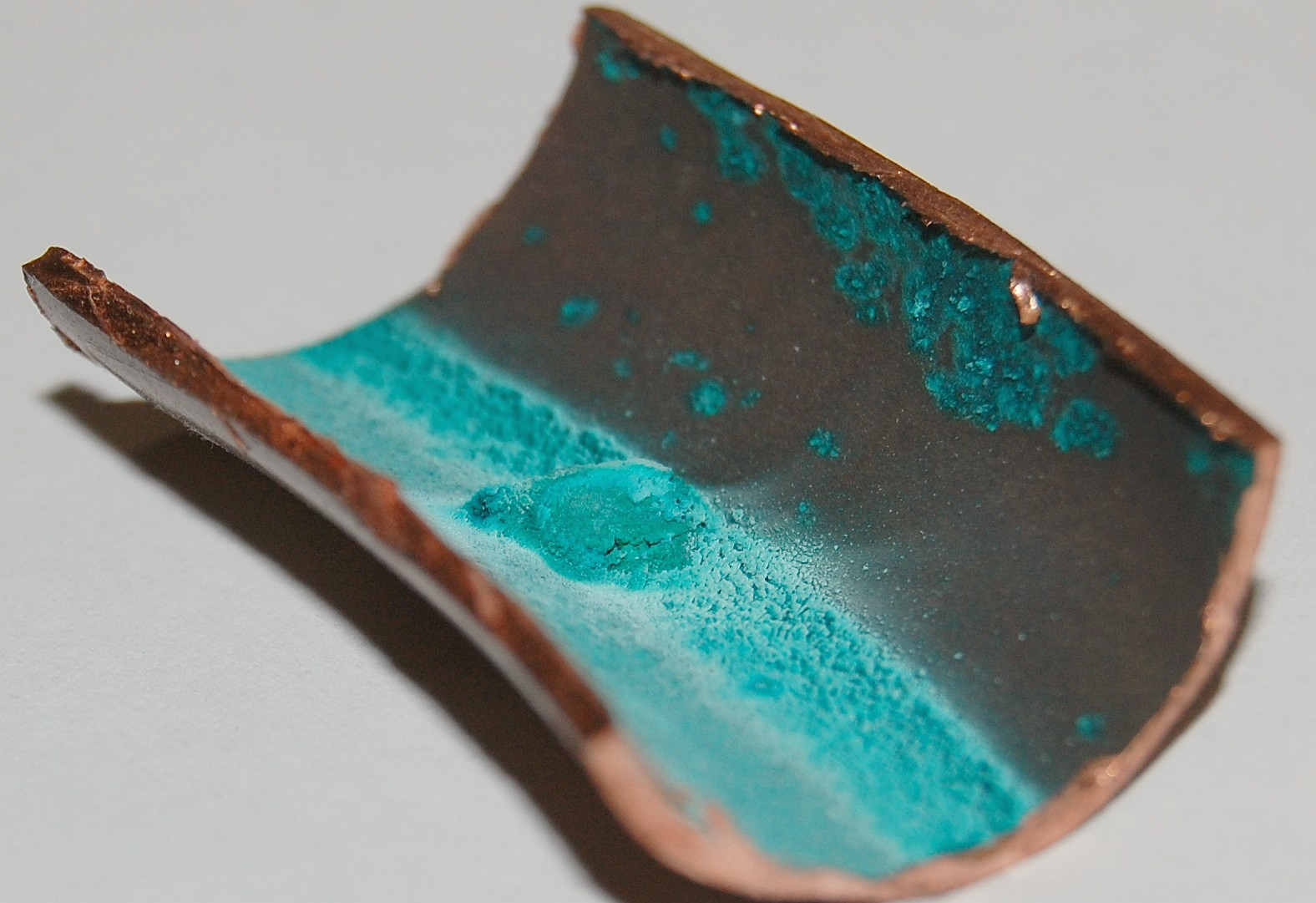Chemicals and Materials Compatibility
 Chemical and material compatibility is a problem that affects many products in the market in their day to day use. Manufacturers cannot always control what their products are exposed to downstream, or in their service life, without knowledge of what can do the products harm or shorten their lifetimes. The manufacturer can make recommendations to avoid certain incompatible practices and exposures, though.
Chemical and material compatibility is a problem that affects many products in the market in their day to day use. Manufacturers cannot always control what their products are exposed to downstream, or in their service life, without knowledge of what can do the products harm or shorten their lifetimes. The manufacturer can make recommendations to avoid certain incompatible practices and exposures, though.
The laboratory frequently looks at clients’ failed products to assess what has gone wrong with them and if there remains any tell-tale physical or chemical evidence of what customers may have exposed them too. This sort of evidence may be sought by a supplier in order to improve advice to their customers in a world where new chemical products have been developed that might constitute a risk, or to dispute false claims. Findings can be used to take measures to improve a product, to make it more robust, or to eliminate problems or variability in the manufacturing steps. Materials and chemicals compatibility work requires detailed knowledge and experience on behalf of the laboratory staff and perhaps a complex combination of analytical techniques, all of which LPD lab Services can provide.
 Typical examples of materials and chemicals compatibility that the laboratory have worked on:
Typical examples of materials and chemicals compatibility that the laboratory have worked on:
- In the medical device and equipment industries, plastic and rubber products can suffer from chemical attack from solvents, chemicals and cleaning practices designed to minimise infections.
- Antimicrobial – biocide solutions are designed to wet surfaces and kill bacteria and viruses are known to attack certain plastics in medical applications by causing solvent swelling and cracking and crazing. This surface damage then makes surfaces even harder to clean. Vulnerabilities can also be promoted by residual stress from manufacturing.
- Sterilising deep cleans using ozone or even bleach can also oxidise or embrittle plastics, causing leaks or promote corrosion of metal pipes and infrastructure.
- In the construction and consultant engineering industries, some Intumescent caulking materials designed to slow the spread of fire have been seen to be incompatible with plastic piping, due to swelling.
- Phenolic foams with excellent heat insulation properties can cause copper and steel pipes to burst if the pipes get wet through water seepage or poor hermetic sealing, so condensation can develop.
- In production chemical manufacturing plant failure can be a problem of chemical and materials compatibility so production parts can be investigated or lab simulated accelerated testing can be conducted.

